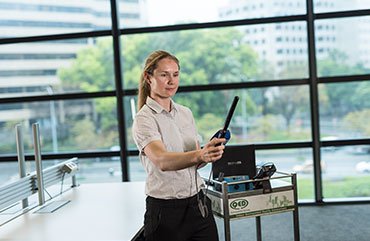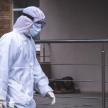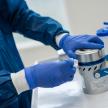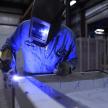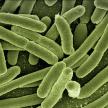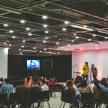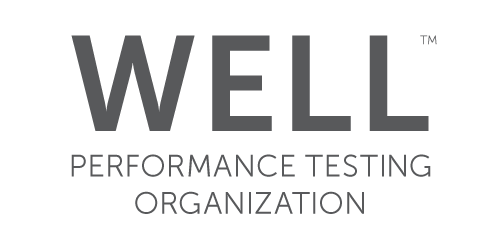
14th
Latest Research: COVID-19 survives up to 28 days on surfaces
By Joe Scholz, Director
We have recently seen a lot of discussion around the airborne transmission of COVID-19. In fact we covered it as part of a webinar back in April (you can see the 2 min video of that here).
More recently we authored an article on increasing ventilation in office buildings as a response to COVID-19.
However we feel it is important to note that recent debates regarding airborne transmission of coronavirus should not cloud the importance of object or surface contact transmission (otherwise known as fomite transmission).
You may have seen in the news this week, with articles such as this one, that new research conducted in Australia has revealed that the coronavirus that causes COVID-19 can live for up to 28 days on surfaces.
This new study, conducted by the Australian CSIRO, was based on realistic amounts of active virus that a person would expel and found the virus hung around intact on most surfaces for about six to seven days before starting to lose its potency.
However on some surfaces, such as glass and paper banknotes, the virus was still there after one month.
The study also found that low temperatures may extend the life of the virus ten-fold, good news for us here in Australia as we move in to summer, but not so great for countries such as the UK, who are still struggling to contain the virus and face a long winter ahead.
While we continue to learn more about this coronavirus, at the heart of the matter we still recommend doing the basic things well. Staying home if you are sick and implementing effective cleaning regimes and personal hygiene etiquette, remain some of the major methods of reducing transmission.
Further Reading:
COVID-19 Cleaning & Cleaning Efficacy, by Sarah Bailey (Whitepaper and Video)
The Secret Life of a Sneeze, by Sarah Bailey (Video)
Categories
Recent Posts
Changes to the workplace exposure standard for welding fumes
15th Mar
On January 18, 2024, SafeWork Australia made a significant adjustment to the Workplace Exposure Standard (WES) for Welding Fume (not otherwi...
Pseudomonas aeruginosa and the Water Quality Management Plan - it's not just about Legionella.
23rd Feb
Pseudomonas aeruginosa could be responsible for a high burden of disease, and should always be included in a risk management plan....
Navigating the New Norm: Prioritising Indoor Air Quality for Events and Venues
06th Feb
Throughout 2023 there was a surge in venue managers looking to help clients feel at ease in regards to indoor air quality....



